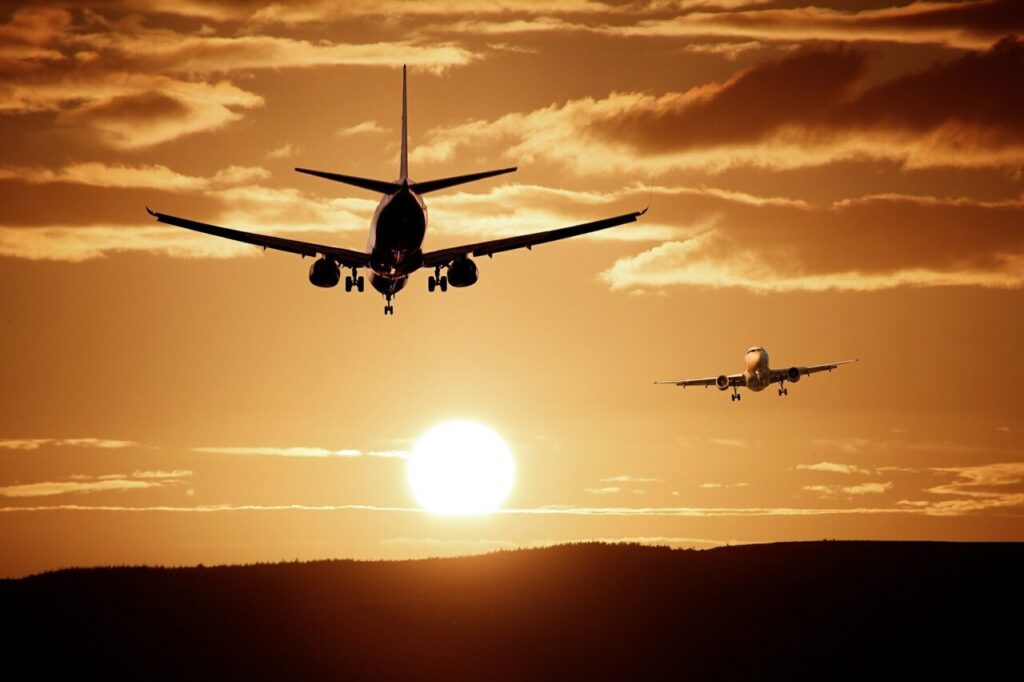KEY CONCEPTS
-
Burning fossil fuels for aviation contributes to global warming — and the resulting warming is disrupting air travel.
-
Flooding caused by rising seas and storm surges threatens access and operations at coastal airports.
-
More extreme weather events, warmer air temperatures, and shifts in the jet stream can also disrupt air travel and increase in-flight safety risks.
Last year, 917 million passengers took over 15 million U.S.-based flights — an average of more than 42,000 flights per day.
Fossil fuels burned for global air travel and airport operations contribute to the carbon pollution that is warming the planet. In 2022, global air travel emitted more than 780 Mt CO2, accounting for about 2% of global energy-related CO2 emissions that year. Emissions from aviation have steadily increased, quadrupling from 1966 to 2018.
Air travel not only contributes to heat-trapping pollution — the resulting warming now poses new and growing challenges for air travel.
Weather currently causes more than 75% of air traffic delays in the U.S. As climate change worsens coastal flooding and extreme weather events, more flights could be grounded from weather-related delays. A warming atmosphere can also increase in-flight turbulence.
Five ways climate change is disrupting air travel
1. Coastal airports are at risk from rising seas and storm surges.
Rising seas due to human-caused warming are worsening coastal floods during both regular high tides and coastal storms; and storm surge is affecting larger areas in many U.S. cities because of rising seas.
Runways at some major airports in U.S. cities and abroad are at risk of closures, delays, and damage due to coastal flooding, particularly after major storms. Access for passengers and employees can also be impacted if access roads are inundated.
Read more at climatecentral.org.

